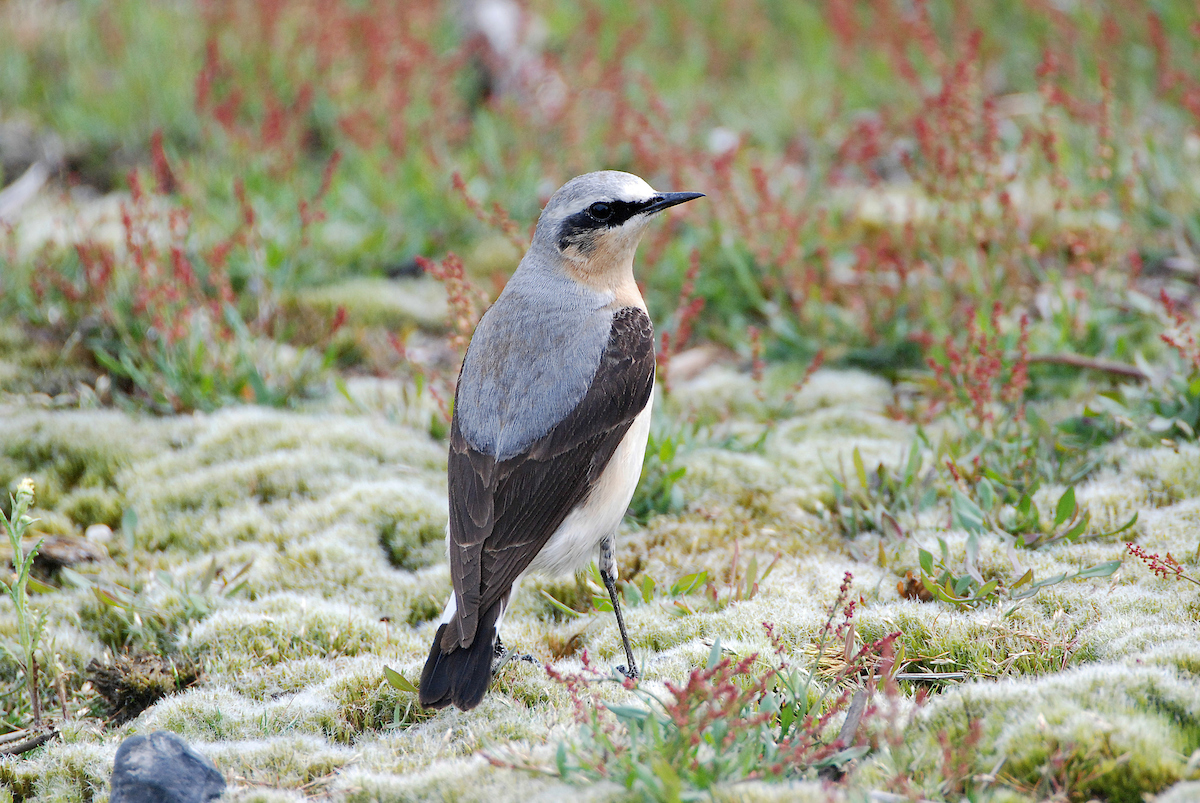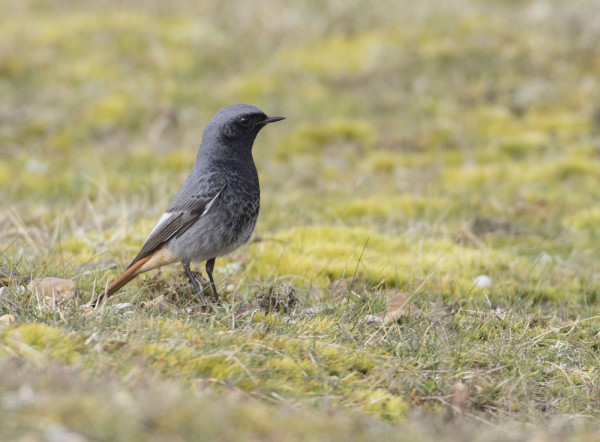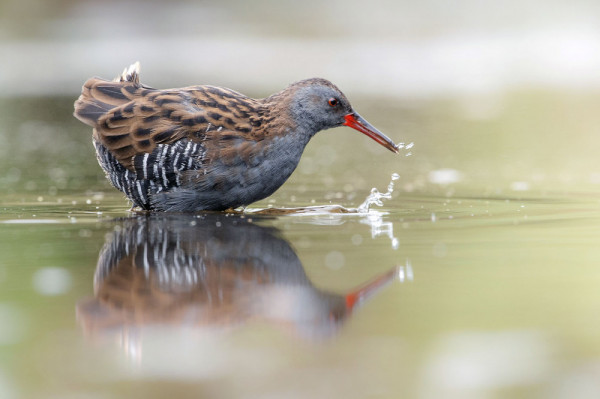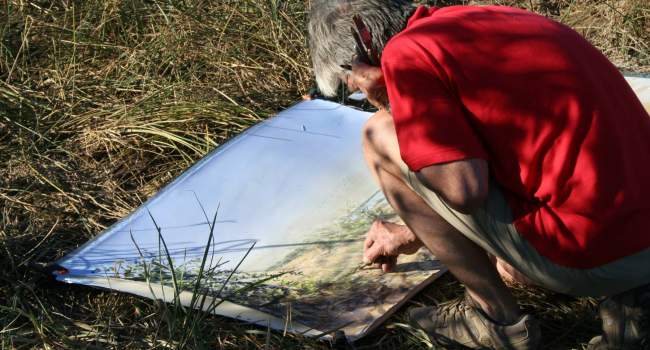
Migration Blog (26th March - 1st April)
Find out what species are on the move over the coming week and how the weather could affect their migration.
As we move through early spring, migration is still only just getting going. But what will the coming week bring? The past week has seen fine weather, with sunshine and warm temperatures by day and clear colder nights. For many, this resulted in a steady trickle of early migrants with several Wheatears, Black Redstarts, Sand Martins, Little Ringed Plovers and Ring Ouzels being reported across the country throughout the week.
A few other species also began to appear in smaller numbers with a scattering of Swallows, House Martins, and Yellow Wagtails being reported. The weekend also saw some BirdTrack sites, particularly those in south Lincolnshire, reporting flocks of Whooper Swans flying over as they headed back to their breeding grounds in Iceland. This movement was also noted at sites further north over the next few days and no doubt most of these birds originated from the wintering flocks in the Fens. As the lockdown restrictions came into effect early in the week the number of reports fell away (as would be expected), but this didn't mean that migration was put on hold. Several people were lucky enough to see freshly arrived migrants during their allowed one daily exercise or from their garden. These included Blackcaps and a few Willow Warblers, an early Sedge Warbler, and increasing numbers of Chiffchaffs.

Species focus - Black Redstart
The Black Redstart is a scarce breeding bird and a passage migrant in the UK, with a small number also overwintering here. During the last week or so we have been largely sitting under east and south-easterly airflow, blowing from as far east as western Russia. It is in these conditions that birds migrating north on the continent can drift across the North Sea to our shores. Black Redstart is a species that often turns up in these conditions, both during the spring and autumn, as they make their way to and from their wintering areas around the Mediterranean basin.
Breeding in the UK was first recorded in 1845 but it was to be another 78 years before the second breeding attempt, and not until the 1940s did Black Redstart really gain a foothold as a breeding bird here. The laying waste of many of our cities by the Luftwaffe during WWII created ideal conditions for this largely montane species. In the UK Black Redstart is very much an urban breeder, so it is hardly surprising that the London area is its stronghold. During passage through the UK Black Redstarts seem to favour our coasts, but they can and do turn up almost anywhere. It will be interesting to see how many are seen during the next few weeks as many more eyes are concentrated on British and Irish gardens.
You needn't stop when the sun goes down either as several species migrate at night and at this time of year.
Weather for the week ahead
The weather over the coming days is set to change from settled warm weather to one of colder temperatures driven by a chilling northerly wind. Whilst high pressure will still be in charge for most of the week, it will mean settled conditions with little in the way of significant rainfall, but cold temperatures both by day and by night. This change in conditions will most likely result in a slow up of arrivals due to less than favourable wind directions and cooler temperatures. Some species like Wheatear and Ring Ouzels are fairly hardy and no doubt will still trickle through as the urge to reach their breeding grounds drives them ever northwards. This temporary slowing of migration will result in birds being held up along their respective migration routes and, with a change to more favourable conditions, could result in a surge of arrivals. We will just have to wait for a change in the weather.

With the lockdown in force across the UK, you might think that it is pointless looking out for migrant birds. However, we can all continue to experience this migration in our own ways. With the forecast for colder weather, some species could be forced to take advantage of our gardens and the food we put out for them. At this time of year Bramblings, Siskins and Redpolls will all be moving around and any of these three species could turn up on your garden feeders. If you don't have a garden, you can keep your eyes skywards and look out for raptors such as Red Kite or even an Osprey or Marsh Harrier passing overhead. You needn't stop when the sun goes down either as several species migrate at night. At this time of year Moorhen, Coot and Water Rail will all be flying around and can be heard calling in the hours of darkness. Nocmig.com is a great resource to familiarise yourself with their calls before heading out to your garden to listen.
Wildfowl are also heading back to the continent with species like Wigeon and Teal likely to be heard as they pass overhead, even over urban areas. The last few Redwings can also be heard passing overhead as they return to Scandinavia and Iceland for the breeding season. An hour or so spent outside both during the day or at night could reward you with some new species for your garden, so why not give it a go and add your sightings to BirdTrack? With BirdTrack, you can keep a record of what you are seeing, and make your sightings available to not only the BTO but also its partners and local bird clubs.
Let us know what you have been recording while confined at home in the comments below.







Share this page